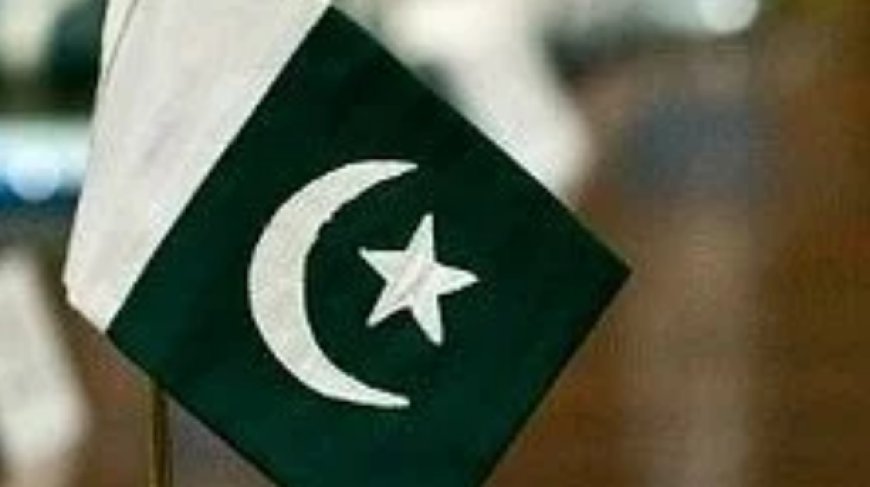Pakistan is in economic danger
Pakistan is in economic danger

Currently, the country has foreign exchange reserves of only $8 billion, with which it is possible to import goods to meet two months' demand.
Negotiations and reconciliation efforts are underway to form a new government in Pakistan. In this situation, there is no concern about the economy. However, in the near future there is a fear of a full-blown economic crisis in the country.
In such a situation, analysts feel, Pakistan cannot stay away from the International Monetary Fund (IMF). Pakistan's new government's priority will be to borrow more than ever from multinational corporations. IMF approves $3 billion loan for Pakistan Its last installment is slated to release in March. The Economic Times reported this with reference to Reuters.
A caretaker government has been in power in Pakistan since last August. In continuation of the previous government, they implemented the IMF loan program. Under the country's new law, the caretaker government can oversee elections as well as make major economic decisions.
Now the talk is how bad the economic condition of Pakistan is. At present, the country's foreign exchange reserves are reduced to only eight billion or eight thousand billion dollars, with which it is possible to import goods to meet two months' demand. This reserve is very less compared to other neighboring countries but they have improved in this area in the last year. For example, even a year ago, Pakistan's reserves were only 3.1 billion dollars.
Pakistan will have to repay another billion dollars in bonds in the next two months. Naturally their reserves will decrease. Meanwhile, the IMF loan is supposed to add $700 million to their reserves.
Murtaza Saeed, a former deputy governor of Pakistan's central bank, told Reuters that the country's reality is that it needs another loan from the IMF. Because, compared to the amount of foreign debt that the country has to pay, the reserve is very less. As a result, the IMF has no option for new loans.
Pakistan's debt-to-GDP ratio has already crossed 70 percent. According to preliminary estimates by the IMF and other international credit rating agencies, 50 to 70 percent of the country's revenue will be spent on debt repayment this year.
According to analyst firm Telemar, Pakistan's problem is mainly domestic debt. 60 percent of the country's debt is domestic and 85 percent of its annual debt service is domestic. The country's external debt is mainly from bilateral and multilateral sources, accounting for 85 percent of its total external debt. However, Pakistan's bonded debt is not very high, accounting for only 8 percent of total external debt and only 3.4 percent of total public debt. China has given huge loans to Pakistan in various infrastructure sectors in the last few years. 13 percent of the country's total debt is taken from China.
Inflation rate in Pakistan is now 30 percent. Inflation is expected to moderate towards the end of this year. As a result, economists have predicted that it will take some more time to reach the inflation rate of 5 to 7 percent as per the target of the central bank.
Meanwhile, the price of rupee is expected to fall further. According to a recent report by the IMF, the price of each dollar may increase to 305 rupees in the current financial year. Which may go up to Rs 331 in the next financial year. Now 1 dollar is 279 Pakistani rupees.
What's Your Reaction?















